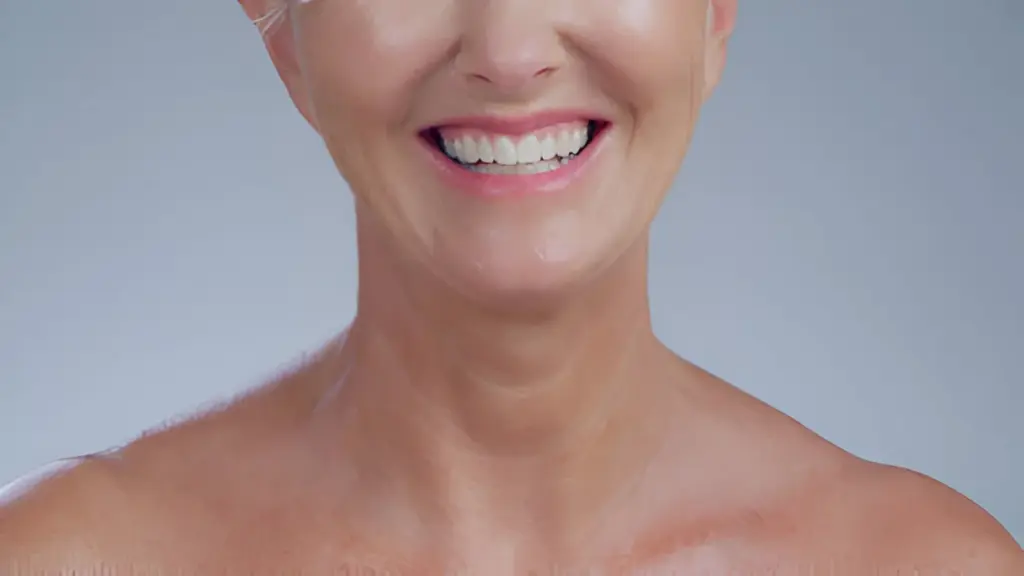Key Takeaways:
- Understanding veneers’ importance in the field of cosmetic dentistry.
- Exploring the different types of veneers available.
- Learning about the veneer application process.
- Discovering the benefits and challenges of veneers.
- Understanding post-procedure care for maintaining veneers.
The Role of Veneers in Cosmetic Dentistry
Veneers are thin porcelain or composite resin shells covering teeth’ front surfaces. They fix flaws such as gaps, discoloration, and fissures, providing aesthetic improvement and structural support to the teeth. Veneers also offer protection, preventing enamel deterioration and addressing minor alignment issues. Patients and dental professionals favor them as a comprehensive cosmetic solution. For those living in Wisconsin, porcelain veneers in Green Bay, WI offer a high-quality option for achieving an aesthetically pleasing smile.
Exploring Different Types of Veneers
The world of veneers primarily revolves around two main types: porcelain and composite resin. Because of their genuine tooth-like appearance and longevity, porcelain veneers are highly acclaimed. They are also well-known for resisting stains and maintaining their pristine condition for up to 15 years with proper care. This long-term solution is ideal for individuals seeking a lasting investment in their dental aesthetics.
On the other hand, composite resin veneers present a more affordable yet effective alternative. The application process for composite veneers is quicker and less invasive, making them a popular choice for those who prefer minimal dental work. However, they may require more frequent maintenance and touch-ups to preserve their appearance. The choice between composite resin and porcelain veneers depends on personal tastes, budget, and desired longevity.
The Veneer Application Process
The journey to obtaining veneers begins with an initial consultation. During this phase, the dentist evaluates the patient’s oral health and discusses cosmetic goals to determine the suitability of veneers. This cooperative method guarantees that the selected action corresponds with the patient’s expectations and dental requirements. Next, a small amount of enamel is gently removed from the tooth’s surface to create the required space for the veneer.
After the teeth are prepped, an impression is taken, capturing the precise dimensions needed for the customized veneers. These impressions are then sent to a specialized lab where skilled technicians craft the veneers to match the patient’s unique dental profile. The finished veneers are carefully bonded to the teeth during a subsequent appointment using a specialized adhesive. This meticulous process ensures a seamless fit and a natural-looking enhancement. Non prep veneers provide a quick and effective way to achieve a beautiful smile without extensive dental work.
Benefits and Challenges of Veneers
Veneers offer many benefits that can significantly impact appearance and confidence. One of the most appealing advantages is their natural tooth appearance, which makes it challenging to distinguish veneers from natural teeth. The material used in veneers, especially porcelain, is highly resistant to stains, ensuring a bright smile even for avid coffee drinkers or wine enthusiasts.
However, it’s essential to consider that the veneer application process is irreversible due to the enamel removed from the teeth. This permanent alteration may increase tooth sensitivity to hot and cold stimuli. Additionally, while durable, veneers are not impervious to damage. They may chip or crack under excessive pressure or due to accidents, necessitating potential repairs or replacements. Individuals should weigh these factors carefully before proceeding. For more detailed insights, WebMD on Cosmetic Dentistry provides a comprehensive overview.
Maintaining Your Veneers: Post-Procedure Care
Ensuring the longevity of veneers requires diligent care and maintenance. The cornerstone of veneer maintenance is maintaining good oral hygiene, including flossing frequently to avoid plaque accumulation and brushing twice daily with a non-abrasive toothpaste. Using an antiseptic mouthwash is also advisable to maintain overall oral health. To avoid damaging the veneers, it’s essential to refrain from biting into complex objects such as ice, pens, or fingernails.
Engaging in sports or activities that risk facial impact warrants using a mouthguard to protect the veneers and the natural teeth beneath them. Frequent dental check-ups are crucial for the dentist to monitor the condition of the veneers and promptly address any issues. Simple habits like these can make your veneers last longer and maintain their brilliance, ensuring a lasting, beautiful smile.
Critical Considerations Before Getting Veneers
Before deciding on veneers, weighing the pros and cons carefully is crucial. First, consider the cost, which can vary significantly depending on the type of veneers and the dental practice’s location. Insurance generally does not cover veneers as they are considered a cosmetic procedure. It’s also essential to think about the potential need for future replacements. Even though porcelain veneers have a 15-year lifespan, replacement is inevitable, increasing the overall cost.
Moreover, the process permanently alters the natural teeth, which may have long-term consequences. You must see a dentist if you want personalized guidance based on your dental health and aesthetic objectives. Understanding all aspects and preparing for the change can result in greater satisfaction. For a broader perspective on dental veneers, Healthline on Dental Veneers offers a well-rounded overview.
